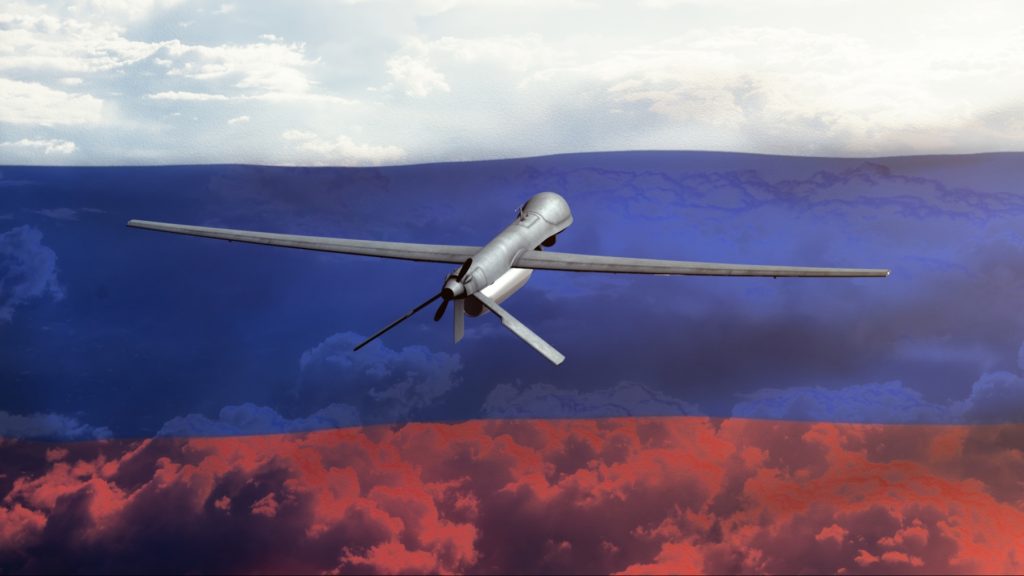
As the thick smoke of war and the stream of tears sweep across the skies of Ukraine, Palestine, and, Lebanon it signals a new face of battle. A battle where a murder drone AI warfare is becoming the driving forces, shaping the destiny of global conflicts, possibly igniting a third World War.
The conflict between Ukraine and Russia, and the violence in Lebanon and Palestine stirred by Israeli strikes, is unveiling a troubling fact where technology has become the driving force of warfare.
The question is, though, how does this shift change not only the nature of conflict, but the world we are living in?
Drones Without Pilots
The Ukrainian war has seen consequential changes in the use of unmanned systems, especially AI-enabled drones, which have turned into key contributors in the battle against Russian forces. Robert Brovdi, commander of Ukraine’s “Madyar Birds” drone unit, stated, “In just a matter of months, Ukraine may no longer need pilots for its drone force.” This Ukraine AI drones reality is no longer a far-off vision, but one being realized.
The move toward autonomy in warfare means Ukrainian soldiers may soon only need to launch these machines, after which the drone with AI will decide where to go and what targets to strike.
“The drone will decide on its own where to go and how to hit the target,” Brovdi said, representing a shift from human-controlled warfare to one where algorithms make critical decisions. Drone-driven warfare is also setting a precedent for other global powers, with AI for drone systems increasingly seen as the future of combat.
This unfolding new form of cooperation between technology and humans signals that AI killer drones are no longer just the stuff of science fiction as they are becoming smarter and more autonomous, taking battlefields of the future to become dominated by autonomous AI drones capable of making their own decisions.
AI in Targeting Emerging from the Rubbles of Chaos
The ongoing war by Israel on Palestine offers another example of how technology is shifting the lines in conflict zones. Israel has increasingly used AI to spot and destroy targets—a practice that has sparked international concern. Earlier this year, reports surfaced that Israel used AI to help identify Hamas operatives, amplifying fears of AI killer drones.
Brovdi’s claim that “the weapons will be able to tell friends from foes” underscores the ethical dilemma. How accurately, and more importantly, how morally, can a drone with AI distinguish between combatants and civilians? As autonomous systems take the lead, the human element of war is slowly being replaced by machines. Some fear that the reliance on these systems will absolve humans of the moral burden of war, leading to an escalation of conflicts driven by drone warfare technology.
War by Algorithm Not Human Precision
These conflicts are not isolated; they reflect a broader, far more troubling trend. War is no longer fought merely with boots on the ground but also with algorithms in the cloud. Nations like the United States, Russia, and Israel are all investing heavily in AI and drones. But this arms race is not only about building better machines; it’s about how these machines will reestablish global politics and power dynamics.
With drone warfare becoming central to modern conflict, militaries worldwide are reassessing their priorities and strategies. Provocative questions arise: Can humans stay in control of machines capable of making life-and-death decisions? And if not, what does the future of warfare hold?
Human Cost of Technological Warfare
As AI drone shot decisions become more common, human lives are increasingly being measured by algorithms, and with the click of a button, they can be taken away. In the high-tech world of autonomous warfare, the human element gets lost in the cold calculations of machines. Soldiers, civilians, and entire communities are being torn apart by a new form of war—one that distances us from its real, human cost.
While technology can make warfare more efficient, it also distances us from its consequences. AI-enabled drones may be the future, but the world cannot afford to lose sight of the moral implications these advancements bring. The conflicts in Ukraine, Palestine, and Lebanon show that technology can be both a blessing and a curse. The ability to kill more efficiently does not make a nation stronger; it makes war deadlier for all involved.
At What Cost?
In the end, these wars demonstrate that drone warfare and AI will shape the future of conflict, but at what cost? The unchecked rise of autonomous murder AI drones and AI killer drones in Ukraine and the Middle East presents a dangerous new reality. If we allow this technological arms race to continue without addressing the ethical concerns it raises, the consequences will ripple far beyond these battlefields, impacting the very nature of global peace and security.
As we look toward a future where murder drones AI decide who lives and dies, the role of humans in warfare becomes more critical and uncertain than ever before.
Inside Telecom provides you with an extensive list of content covering all aspects of the tech industry. Keep an eye on our Tech sections to stay informed and up-to-date with our daily articles.